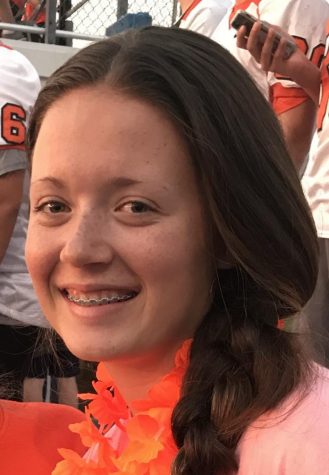
During the pandemic’s unpredictability, everywhere you look, there’s a new unknown.
Dogs unexpectedly barking in the background of a Google Meet, the fate of events like prom and graduation, when everything will return to normal.
Seeking to escape from a world full of uncertainty is every teenager’s dream right now. “Full House,” the iconic ’80s and ’90s sitcom, provides the predictability we all miss from the world today.
“Full House” offers viewers comfort. Each episode is an escape to another reality. One where, in 22 minutes, every problem — from long-distance relationship break-ups to horse riding accident amnesia — will be solved. No matter how realistic or how absurd the problem, at the end of an episode of “Full House,” there’s always a solution.
After the death of his wife, father of three Danny Tanner (Bob Saget) relies on the help of his brother-in-law, Jesse (John Stamos), and childhood best friend, Joey (Dave Coulier), to raise his daughters: DJ, Stephanie, and Michelle. What starts as Jesse and Joey temporarily helping raise the Tanner girls becomes permanent.
Over the sitcom’s eight-year run from 1987 to 1995, the extended Tanner family faces everyday challenges (with a few unrealistic situations thrown in), learning countless life lessons along the way.
In the real world where there isn’t always a clear solution, “Full House'” offers a sense of reassurance by solving each week’s problems. Even the show’s most serious issues are cleanly wrapped up by the end of next week’s episode.
In the two-part series finale, for example, the youngest Tanner daughter, Michelle, is thrown off a horse when trying to jump over a log. The show’s second-to-last episode ends with Danny, Jesse, and Joey finding an unconscious Michelle on the ground. The scene is interrupted by the infamous words at the bottom of the screen: “to be continued…” But even something as serious as Michelle’s resulting amnesia is cured in the next episode. Sure she doesn’t remember who Danny, Jesse, and Joey are or what happened to her mom, but we know the “Full House” formula will resolve even this.
In the world of “Full House,” there is a solution for every problem.
These happy endings aren’t an accident on “Full House.” “Full House’s” creator, Jeff Franklin, was inspired to write “Full House” after working on the hit sitcom “Laverne and Shirley,” where the episodes always had a happy ending.
Franklin used the tactic to appeal to as many viewers as possible after seeing “Laverne and Shirley” become the top show on television during its run, with over 50 million viewers a week.
While most sitcoms from the ’80s and ’90s sitcoms revolved around everyday family life — “Family Matters,” “Growing Pains,” and “Married with Children” — Franklin’s “Full House” created a unique concept since the Tanners aren’t the traditional nuclear family.
Often after the weekly issue is solved, the extended Tanner family members wrap each other into a group hug. The audience, too, finds themselves quickly wrapped up in the show’s loving family dynamic.
The love and family bond between the show’s characters existed both on and off the screen. The actors and actresses grew to be a loving family on the show’s set. This real-life bond between the cast members is evident in the relationships between the characters they play in the series. This relationship between the performers was strong enough for John Stamos to recently congratulate Elizabeth Olsen, the younger sister of the twin actresses who played Michelle, on the finale of her Disney+ series “WandaVision.”
The love displayed on the TV screen, yet again, is reassuring. While the Tanner relationships are fictional, those between the cast members aren’t. We can have the closeness, the family bond, of “Full House” cast in real life. Seeing this type of love offers the audience hope that even an unrealistic-seeming level of love can be realized in real life.
The closeness between the show’s characters and the actors who played them is comforting because, at the moment, most people are unable to see their relatives due to the pandemic. The relationship between the cast of “Full House” feels like a close family off-screen, mimicking the family bond that we are currently missing from the real world. For 22 minutes, we, too, can feel a part of the Tanner family.
While it’s safe to say most, if not all of us, haven’t been accidentally engaged to a Greek foreigner by a kitchen table ritual in our teenage years. The show is, more often than not, relatable.
One episode features DJ getting her driving permit, excited to learn to drive. Meanwhile, her dad, Danny, is scared to let his daughter drive because he’s afraid to let go of DJ, who is still a little girl in his eyes.
This is a real struggle that real families experience — teens growing up and parents wanting them to stay a kid. The episode puts this situation in perspective for parents to see how attachment issues affect their child. While teens can see how hard it is for the parent to let go and try to make it easier on them.
“Full House” is the perfect comfort show for viewers of all ages. This iconic sitcom’s originality and relatability make it timeless and will entertain generations for years to come.
Available on Hulu, all eight seasons of love, predictability, and comedy will fulfill the emptiness we have during the COVID-19 pandemic.


![Community honors longtime coach Mr. Bryan Thomas before Oct. 3 game [photo gallery]](https://nchsinkspot.com/wp-content/uploads/2025/10/Thomas-6-1200x1200.jpg)

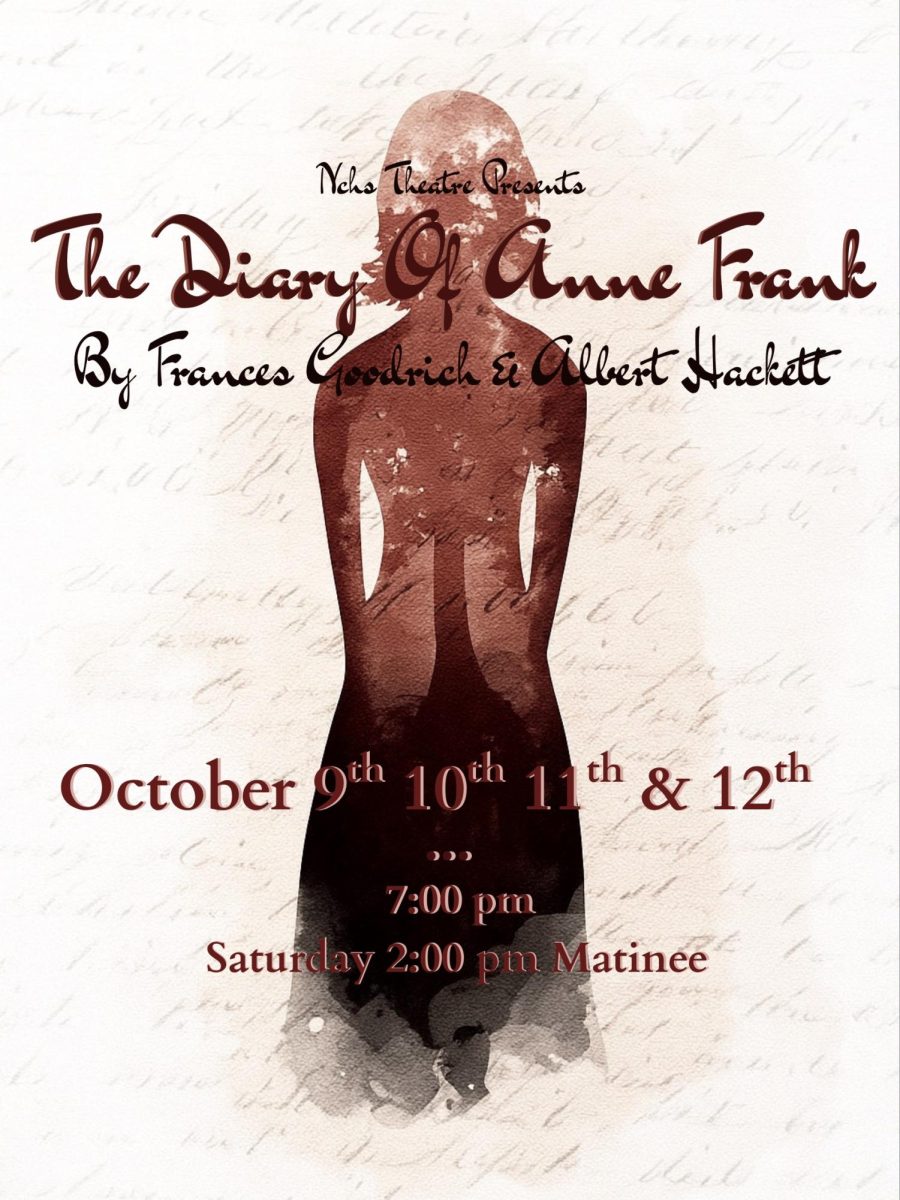

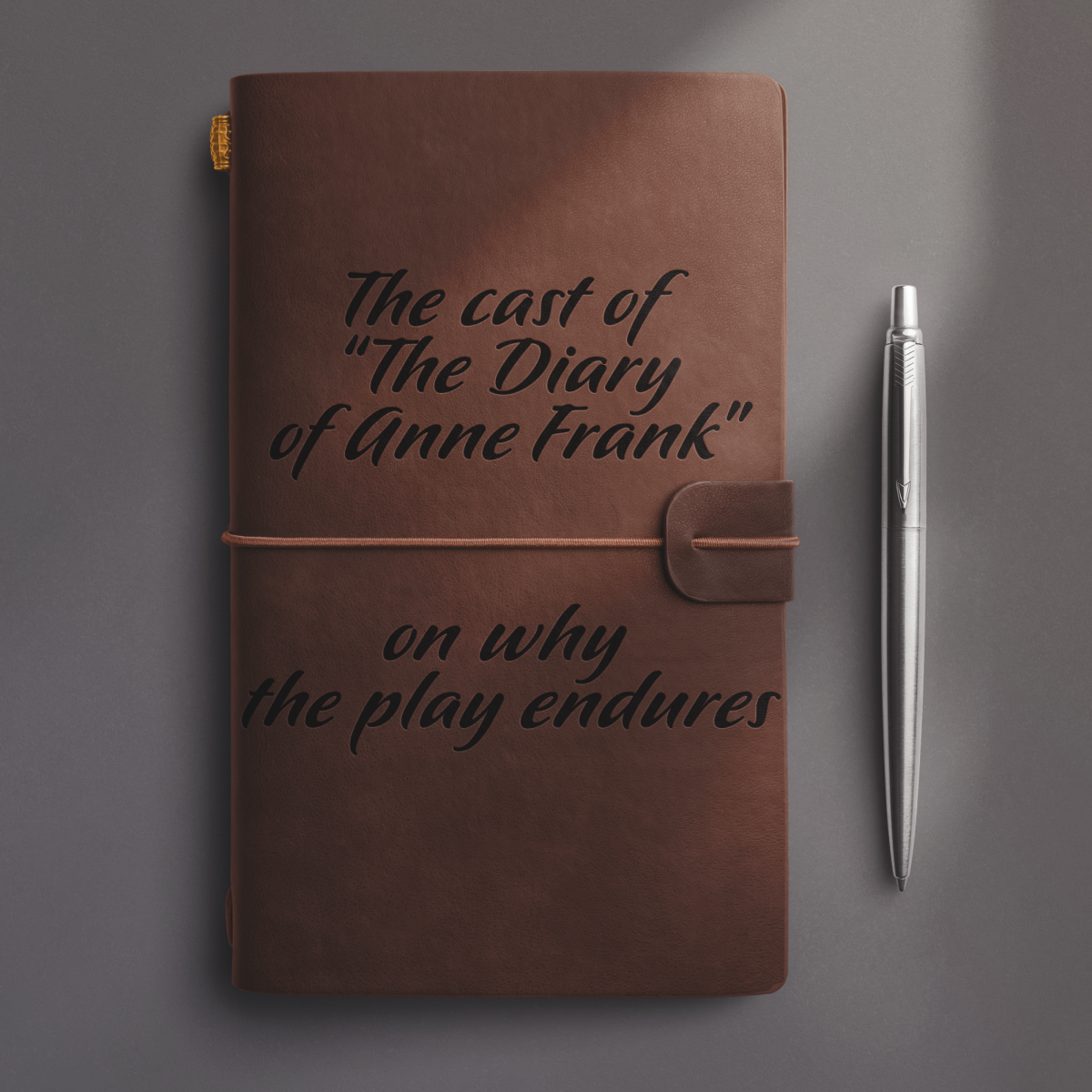






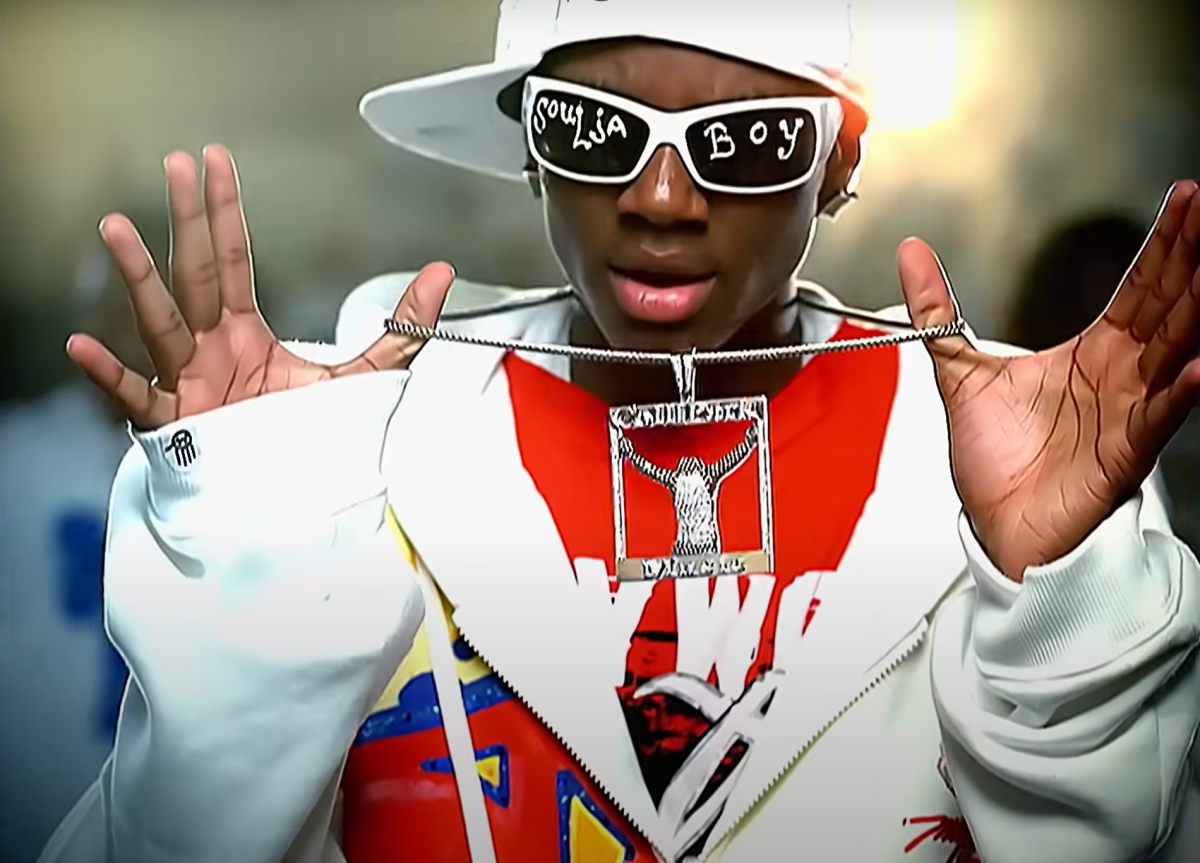
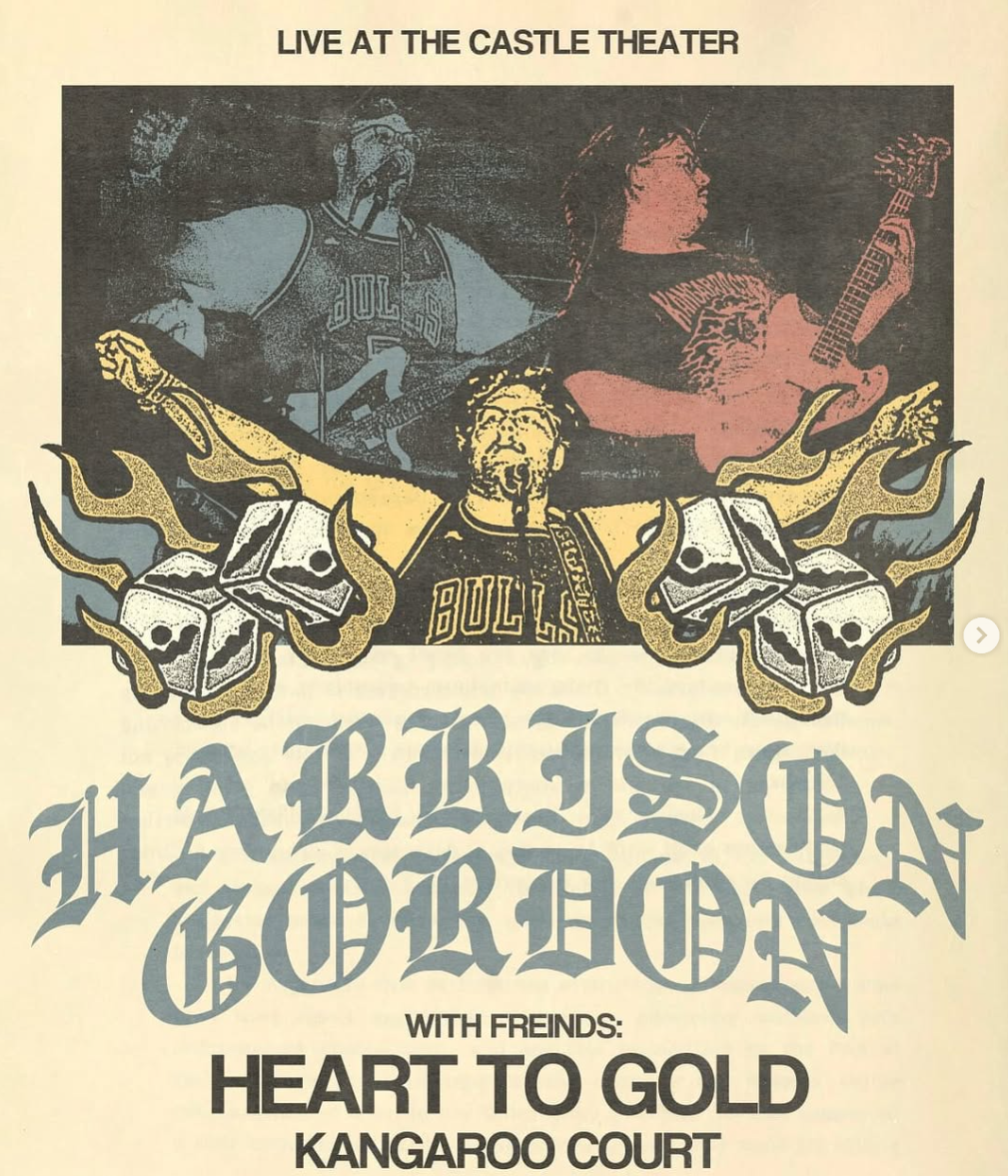

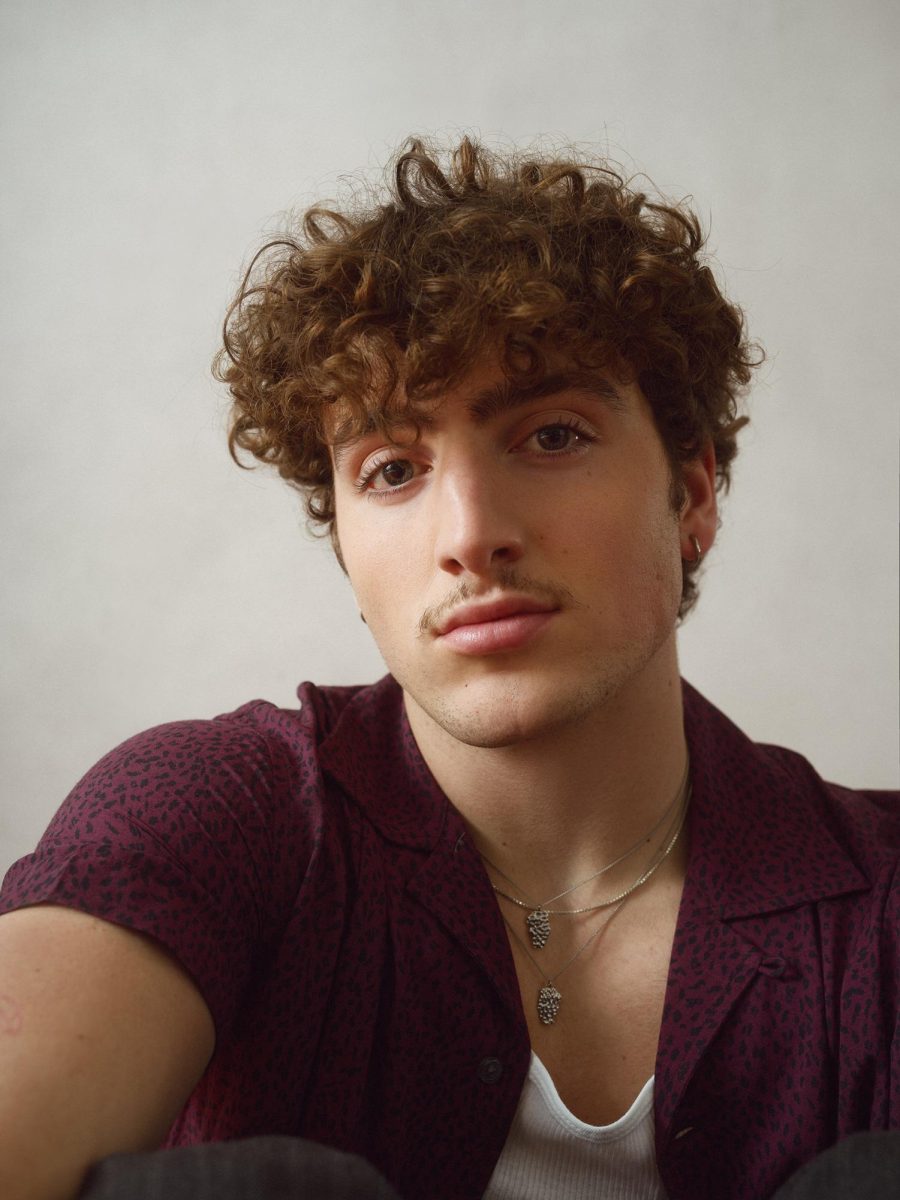






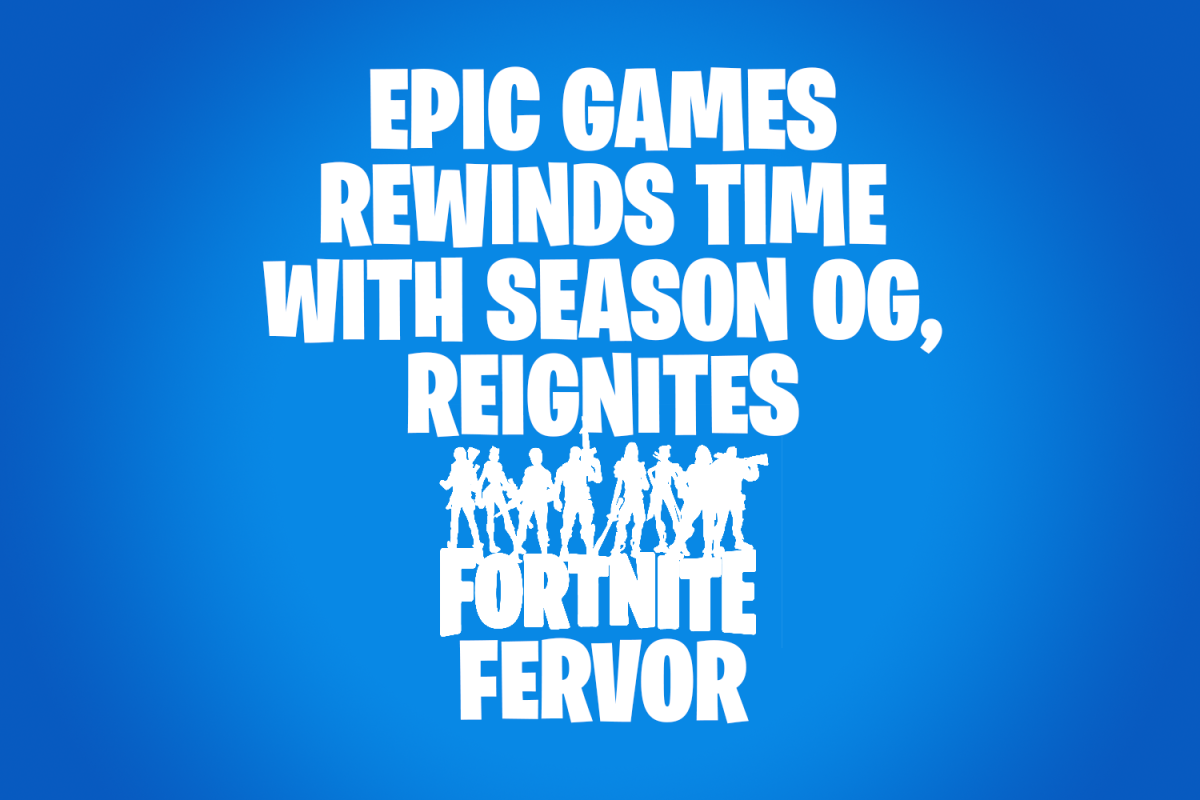
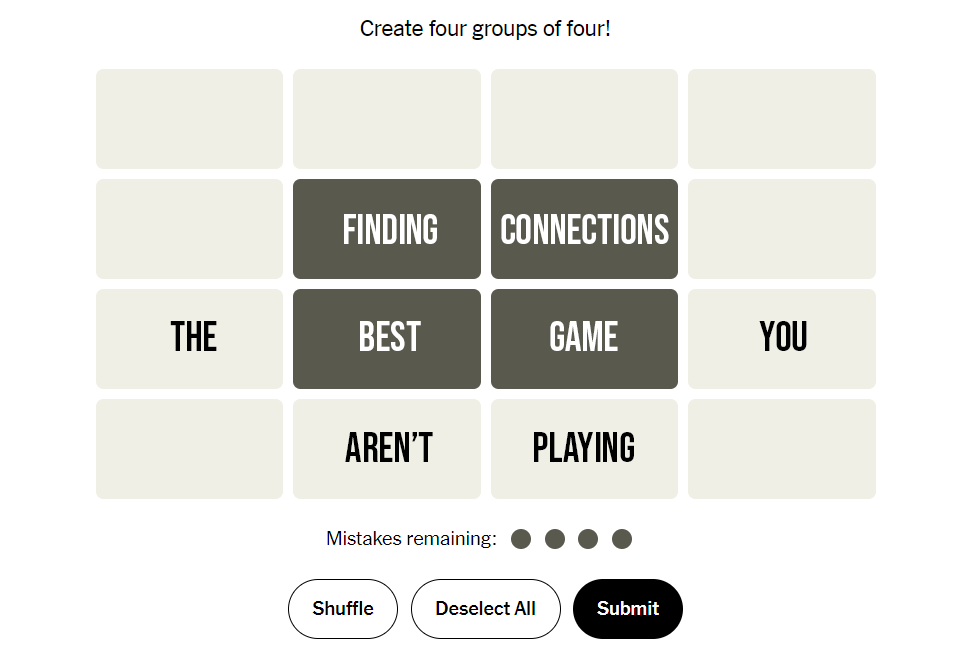


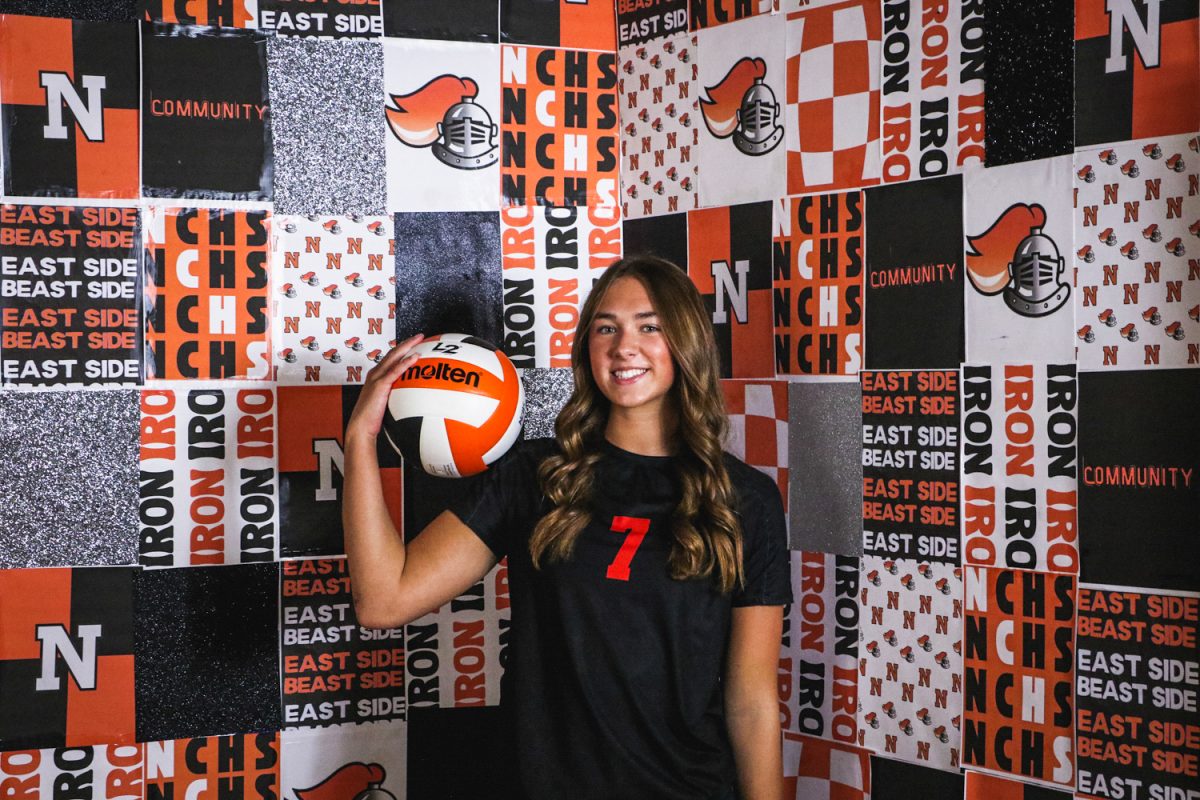

![Week 7: Coach Drengwitz recaps the Ironmen’s win over Bloomington, talks Danville [video]](https://nchsinkspot.com/wp-content/uploads/2025/10/Vikings-feature-Image-1200x675.png)


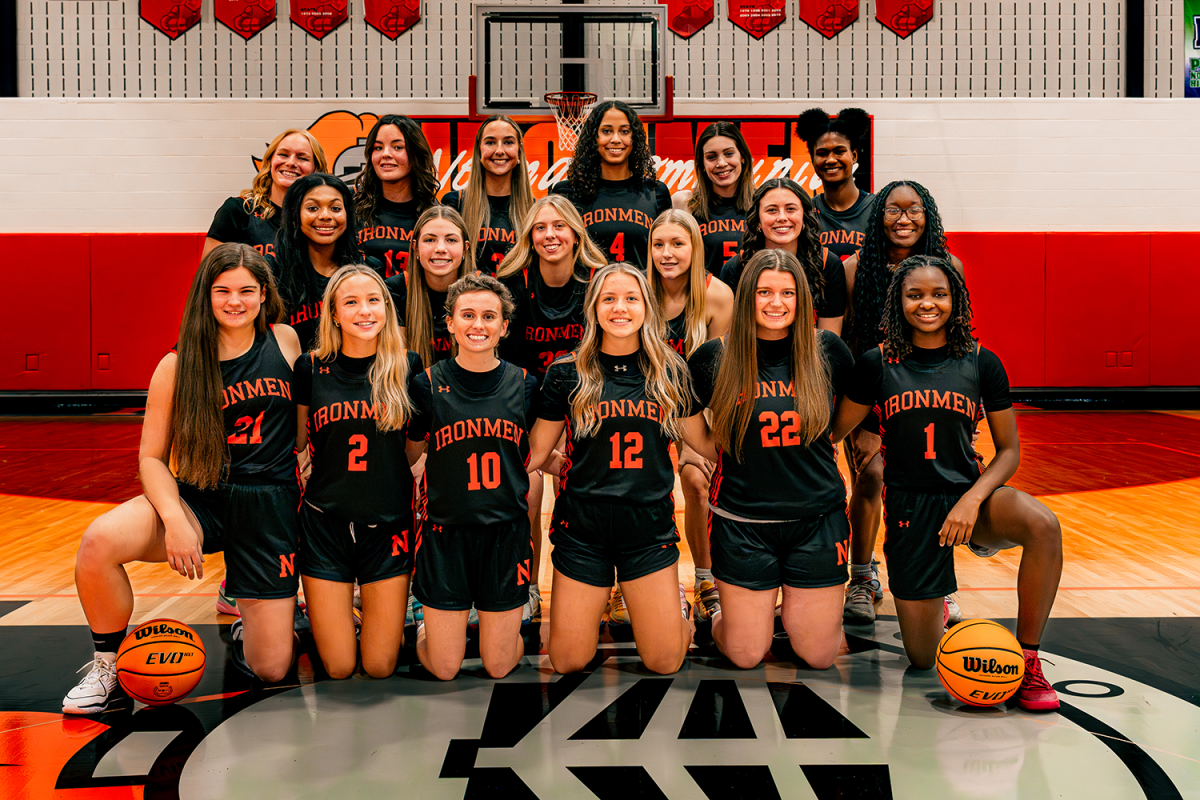



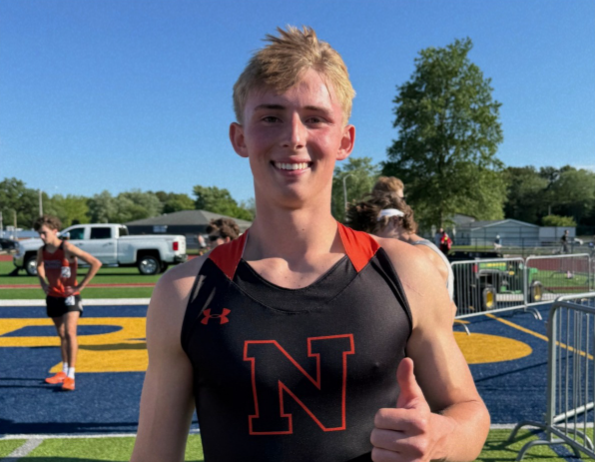

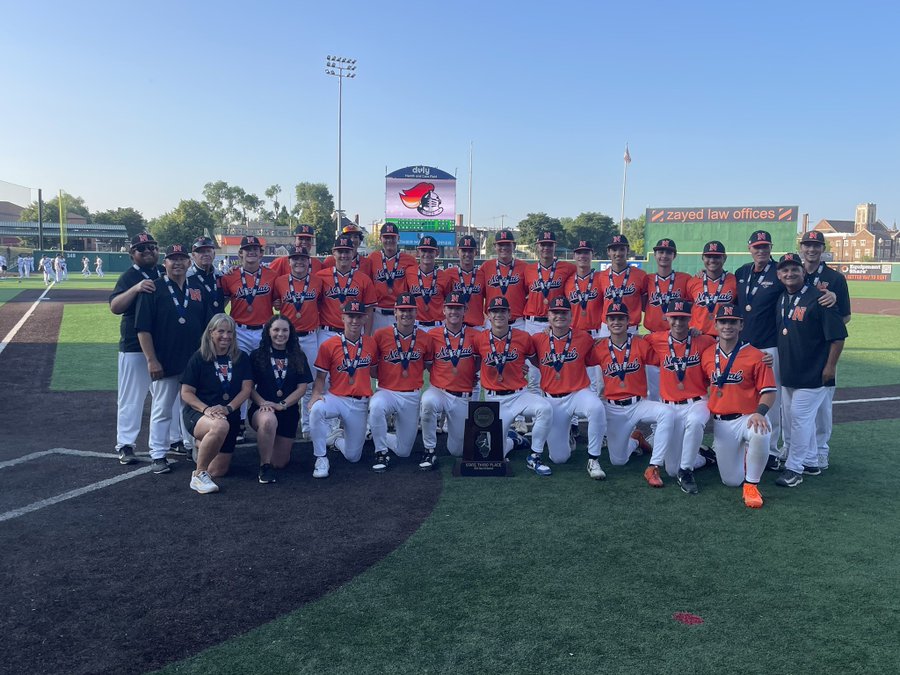

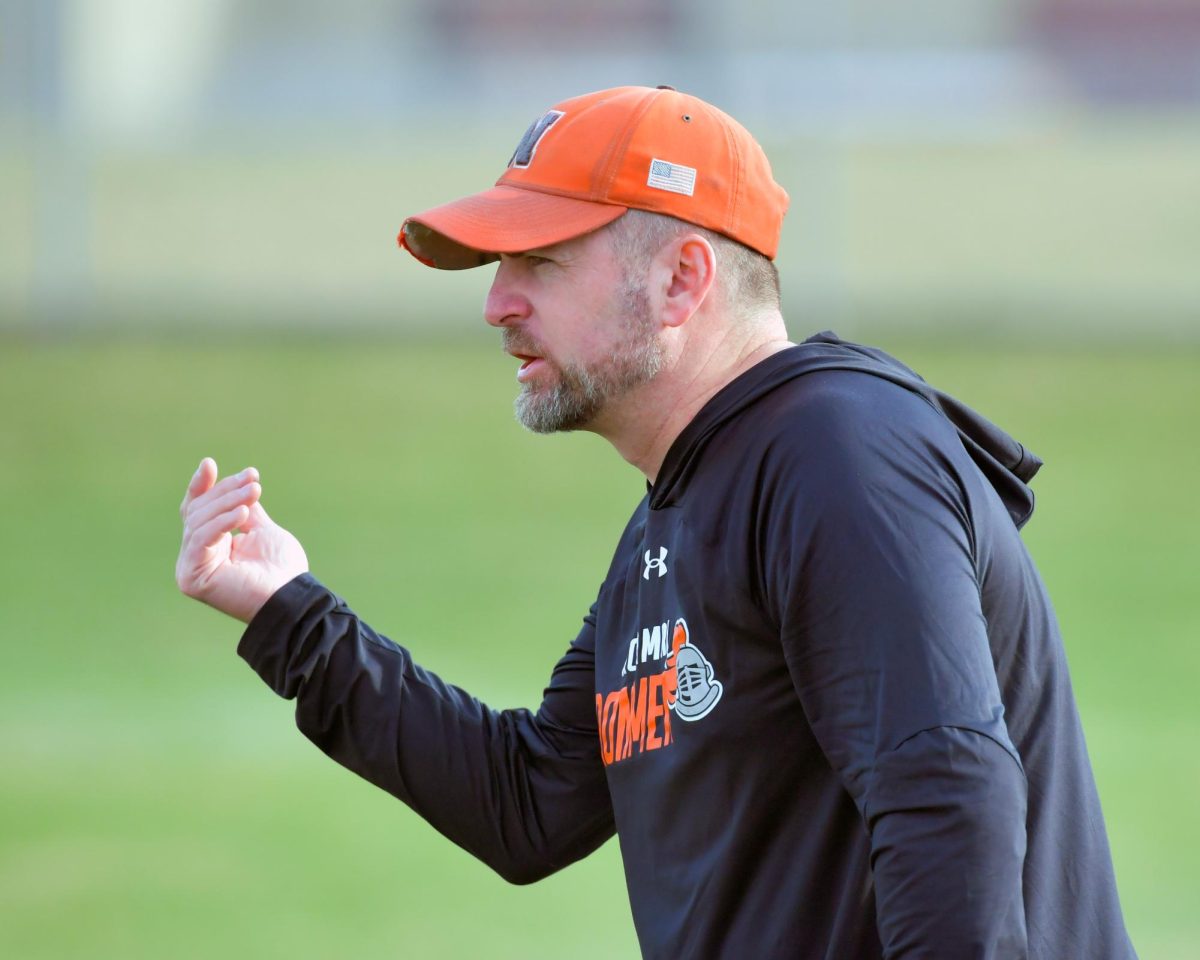






![Halloween candy cross section quiz [quiz]](https://nchsinkspot.com/wp-content/uploads/2022/10/Candy-cover-big-900x675.png)
![Average Jonah? [quiz]](https://nchsinkspot.com/wp-content/uploads/2022/05/average-jonah-900x600.png)


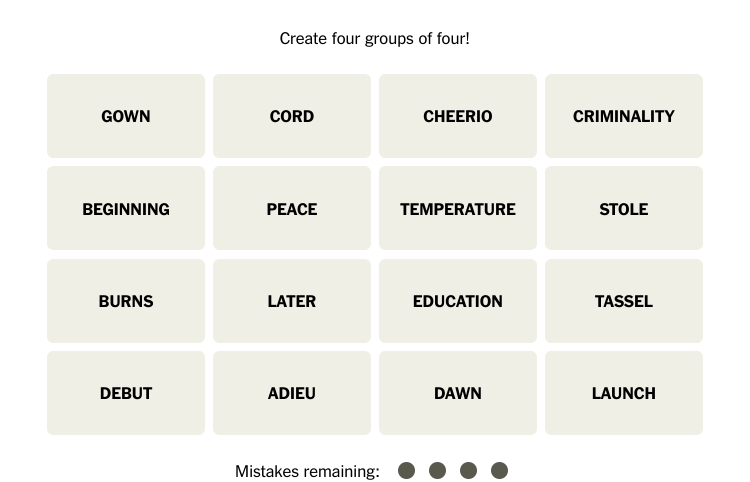
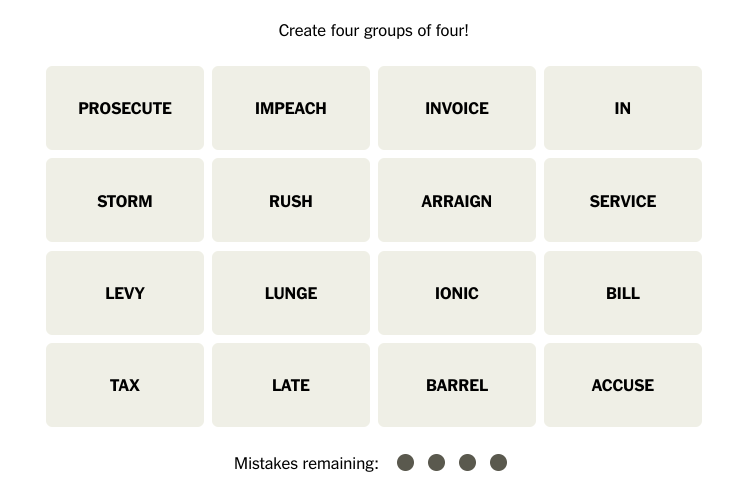
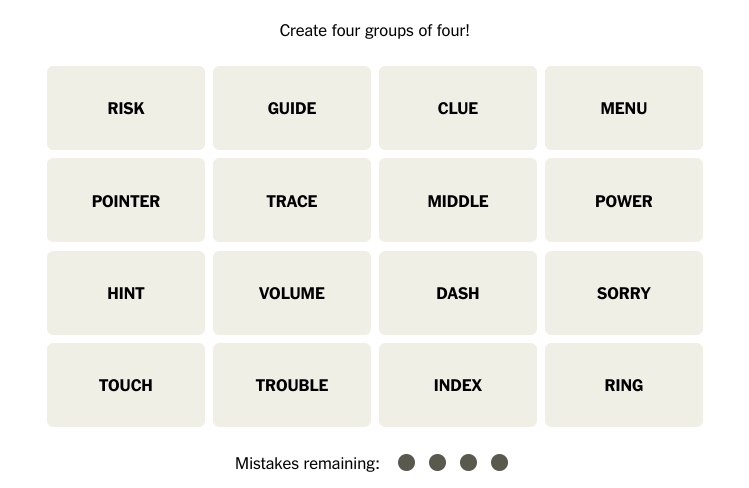
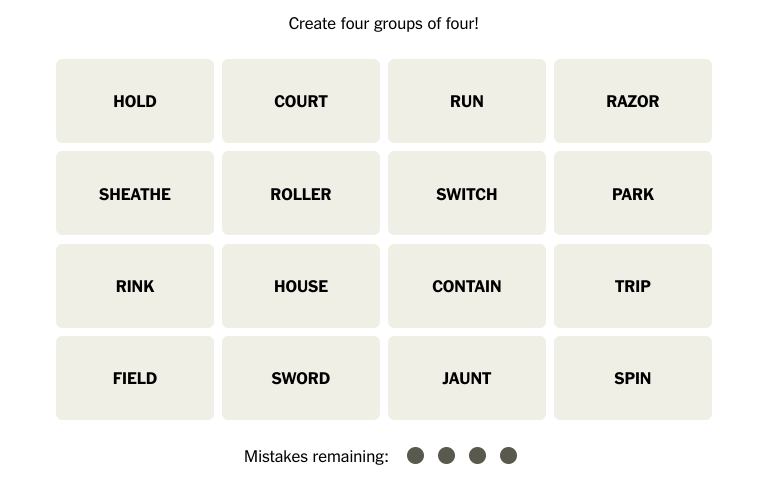

![[Photo Illustration]](https://nchsinkspot.com/wp-content/uploads/2025/09/trigger-words.png)







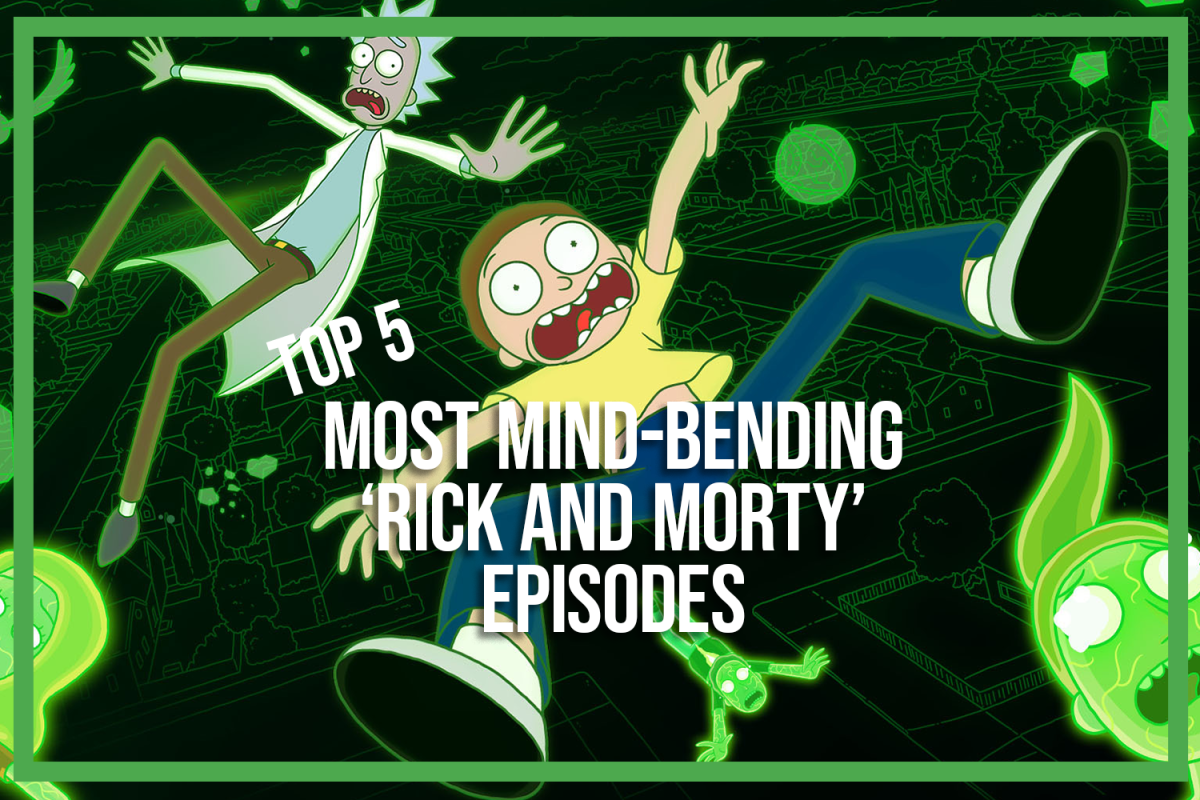


![Week 5: Coach Drengwitz previews the Ironmen’s matchup vs. Peoria Manual, recaps Week 4 [video]](https://nchsinkspot.com/wp-content/uploads/2025/09/Week-5-v-Rams-1200x675.png)

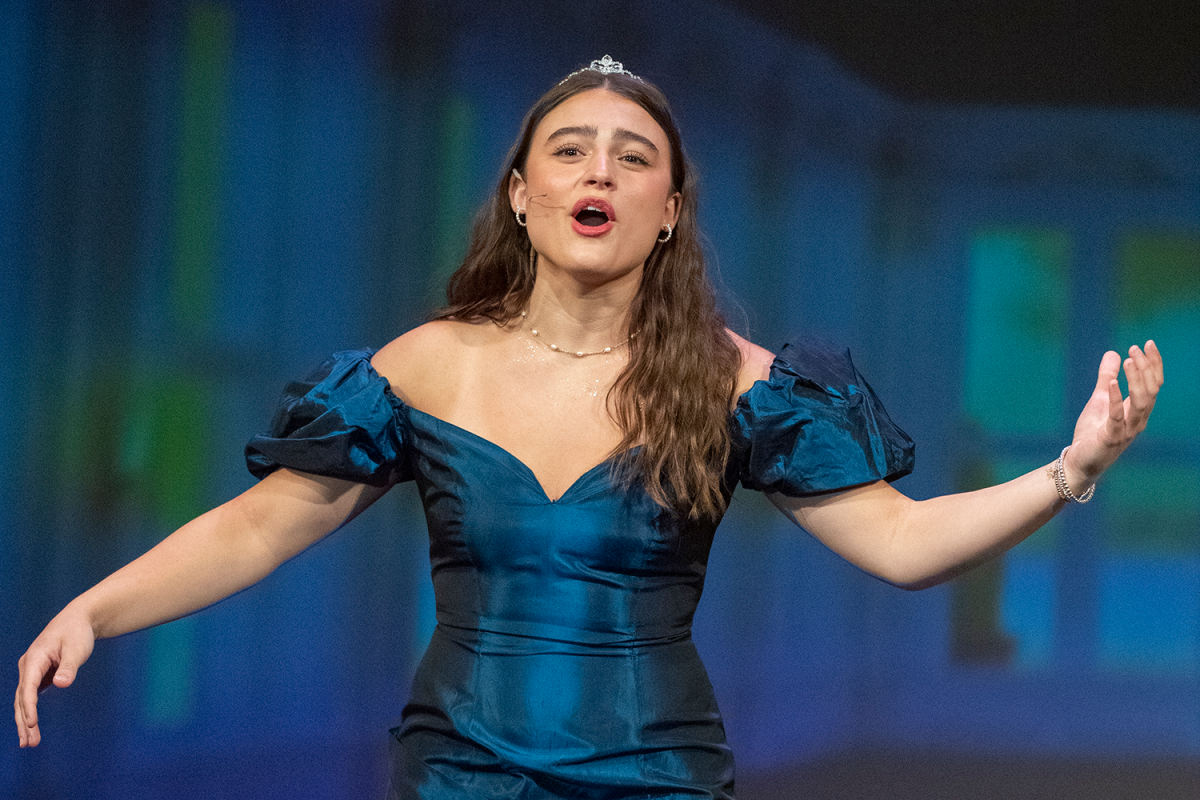



![Postgame reaction: Coach Drengwitz on Community’s 28-17 Loss to Kankakee [video]](https://nchsinkspot.com/wp-content/uploads/2025/09/Week-4-postgame--1200x675.png)
![Week 4: Coach Drengwitz previews the Ironmen’s matchup vs. Kankakee [video]](https://nchsinkspot.com/wp-content/uploads/2025/09/Ironmen-v-Kankakee-video-1200x1200.png)
![On the Spot: This or That – Halloween [video]](https://nchsinkspot.com/wp-content/uploads/2024/10/tot-Halloween-YT-1200x675.png)
![On the Spot: This or That – Fall favorites [video]](https://nchsinkspot.com/wp-content/uploads/2024/10/ots-fall-web-1200x800.png)
![On the Spot – Teachers tested on 2023’s hottest words [video]](https://nchsinkspot.com/wp-content/uploads/2024/01/On-the-Spot-Teachers-tested-1200x675.png)








